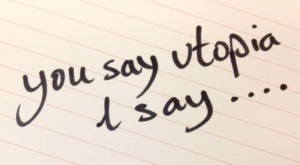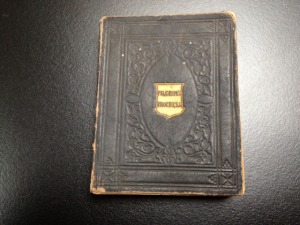Silicon Valley: Creator of a Modern Dystopia?
At my local book club last week, we mused on the fact that one person’s utopia is another person’s dystopia (the club met to scrutinize my novel, which is a dystopia set late in the 21st century). So it’s apposite that Rebecca Solnit should write in the London Review of Books about the utopia/dystopia (my words) of present-day Silicon Valley and its city neighbour San Francisco.
Silicon Valley projects a fairly clear image worldwide. I have a mental picture of glass-and-steel modernist office buildings; interior spaces scattered with pool tables and relaxation zones. And, outdoors, I see expansive and manicured greenery. Clean jobs for young techy folk. Close to utopia? Granted, I am aware of the long hours’ culture in Silicon Valley but I understand the pay is pretty good.
Solnit explains that San Francisco has become “a bedroom community for the tech capital of the world.” The tech corporations provide luxury, private buses so their staff can work as they make the long commute. According to Solnit, the influx of high-paid young people has distorted the housing market – pushing out the arty crowd. This could be the rant of someone who has ‘lost out’ but it’s an intriguing, and partly humorous, read.
Here’s Solnit’s summary but click on the link for the full story in which she compares and contrasts the tech world with the Gold Rush:
Sometimes the Google Bus just seems like one face of Janus-headed capitalism; it contains the people too valuable even to use public transport or drive themselves. In the same spaces wander homeless people undeserving of private space, or the minimum comfort and security; right by the Google bus stop on Cesar Chavez Street immigrant men from Latin America stand waiting for employers in the building trade to scoop them up, or to be arrested and deported by the government. Both sides of the divide are bleak, and the middle way is hard to find.
via lrb.co.uk









